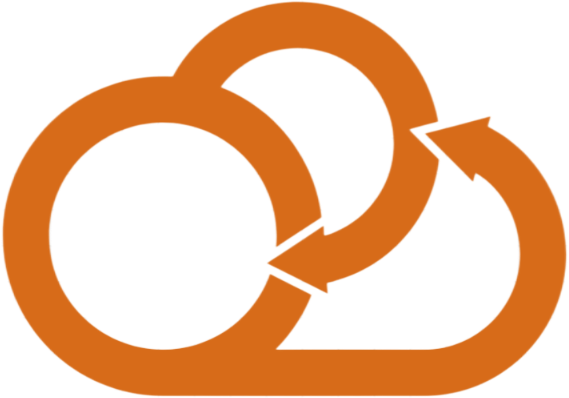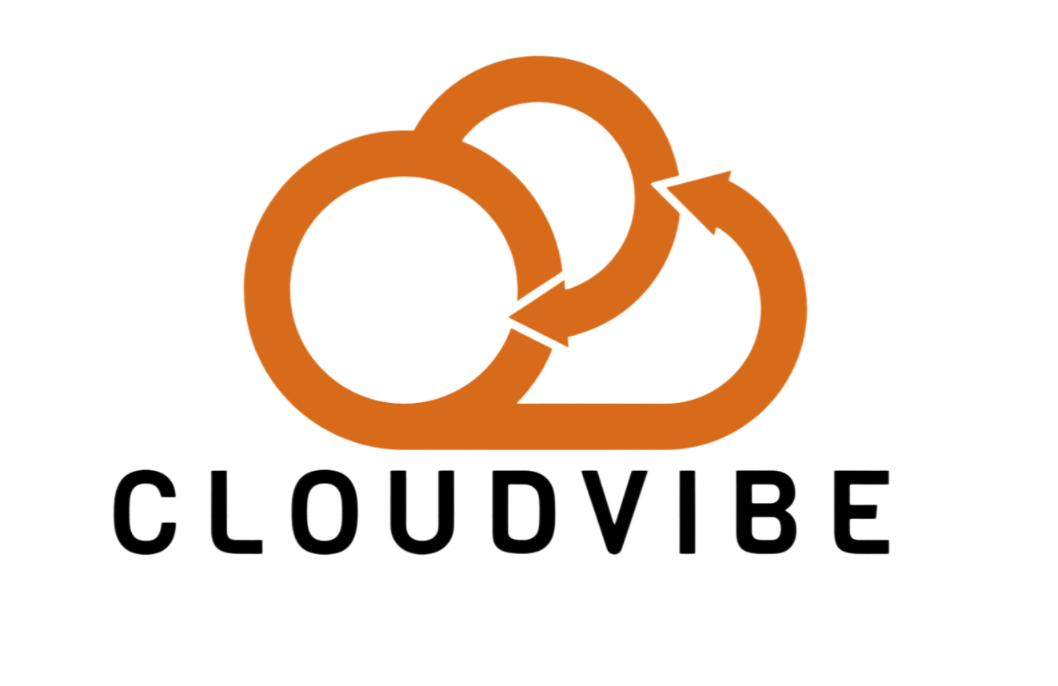“Boost Your WordPress Site Speed: A Comprehensive Guide to Non-Plugin Optimization Techniques”
Speeding Up Your WordPress Site: No Plugins Needed!
Meta description: Discover effective ways to optimize the speed of your WordPress site without relying on plugins. Learn quick and simple methods to enhance your site’s performance today.
Why Speed Matters

In today’s fast-paced digital world, speed is everything. Online users don’t have the patience to wait for slow-loading websites. A delay of just a few seconds could make a visitor leave your site, leading to higher bounce rates and lower conversions. Therefore, it’s critical to ensure that your WordPress site is running at optimum speed. While plugins can help, they are not always the solution. So, let’s explore how you can optimize your WordPress site’s speed without using any plugins.
Optimize Your Images (H2)
Images are crucial for any website. They not only make your site attractive but also help in conveying your message more effectively. However, they are often the main culprits behind a slow website.
Use Compressed Images (H3)
Before uploading an image, compress it using an online image compressor. These tools reduce the file size without compromising the quality.
Choose the Right Format (H3)
Different image types like JPEG, PNG, and GIF have their strengths and weaknesses. For most website images, JPEG is the best option as it offers the best quality to size ratio.
Keep Your WordPress Site Updated (H2)
WordPress regularly releases updates, which include improvements in speed and performance. Ensure that your WordPress core, themes, and scripts are always up-to-date.
Use a Good Hosting Provider (H2)
Not all hosting providers are created equal. Some are simply faster and more reliable than others. A good hosting provider can drastically improve your site’s speed.
Clean Up Your Database (H2)
Your WordPress database can get cluttered over time with unnecessary data, slowing down your website. Regularly cleaning up your database will keep your site running smoothly.
Enable Browser Caching (H2)
Browser caching can significantly speed up your site for repeat visitors. It allows a user’s browser to store copies of your site’s individual pages, so it doesn’t have to reload the entire page every time they visit.
Use a Content Delivery Network (CDN) (H2)
A CDN can speed up your WordPress site by storing copies of your site at various data centers around the world. When a user visits your site, the static content is served from the data center closest to them, reducing load times.
Minimize HTTP Requests (H2)
Too many HTTP requests can slow down your site. Combine your files, streamline your code, and reduce the number of elements on your pages to minimize these requests.
Conclusion
Speeding up your WordPress site doesn’t always require plugins. By optimizing your images, keeping your site updated, choosing a good hosting provider, cleaning up your database, enabling browser caching, using a CDN, and minimizing HTTP requests, you can significantly improve your site’s speed and performance. So why wait? Start optimizing your WordPress site today!
[Link to your previous related blog post] [External link to an authoritative website on WordPress speed optimization]

